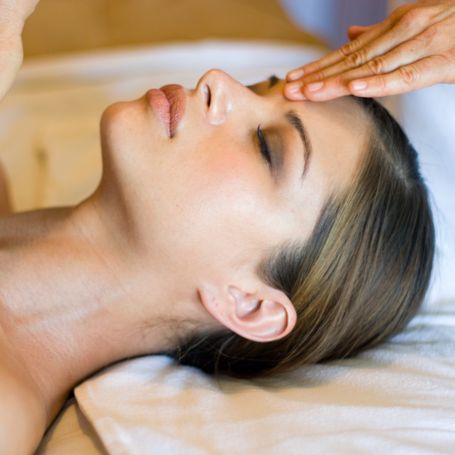Kambo VIP Information
Everything you need to know before you begin your healing journey!

What is Breathwork?
Breathwork refers to various breathing techniques and practices designed to improve physical, emotional, and mental well-being. These methods involve conscious control of breathing patterns to influence the body's energy, reduce stress, enhance relaxation, and promote self-awareness. Breathwork is often used in meditation, yoga, and therapeutic settings to release tension, process emotions, and cultivate mindfulness. It can range from simple deep-breathing exercises to more structured practices like holotropic breathing, pranayama, or transformational breathwork.
People practice breathwork for a variety of reasons, as it offers numerous physical, mental, and emotional benefits. Many turn to breathwork to reduce stress, as controlled breathing helps calm the nervous system and promotes relaxation. It can also be a powerful tool for emotional release, allowing individuals to process and let go of pent-up emotions such as anxiety, grief, or anger. Beyond its emotional impact, breathwork can enhance focus and mental clarity, making it easier to concentrate and stay mindful. Physically, breathwork improves lung capacity, increases oxygen flow, and can even reduce inflammation and aid digestion. For some, the practice also supports spiritual growth by fostering deeper self-awareness and personal connection. Additionally, breathwork can serve as a natural energy booster, helping people feel more alert and vibrant. Regular practice may even lead to better sleep, making it an effective remedy for insomnia. Ultimately, breathwork is a holistic approach to achieving balance and improving overall well-being.
Breathwork can benefit a wide range of people, from those looking to manage stress and anxiety to individuals seeking improved mental clarity, emotional healing, or physical health. It's particularly helpful for those interested in mindfulness, personal growth, or spiritual development, as well as anyone needing a natural energy boost or better sleep.
However, there are some people who should avoid breathwork or consult with a healthcare professional before starting:

Breathwork: How to prepare for your upcoming ceremony!
Preparing for a breathwork experience involves creating both a physical and mental space that fosters relaxation and openness. It’s important to start by finding a quiet, comfortable place where you won’t be interrupted, whether that’s lying down on a yoga mat, sitting comfortably, or even outdoors in a peaceful environment.
Before beginning, set an intention for your session—this could be anything from releasing stress, gaining clarity, healing emotions, or simply staying open to whatever the experience brings. Setting an intention helps guide your practice and keeps your focus aligned with your goals. You may want to use calming music, candles, or essential oils to further enhance the atmosphere. Additionally, wear loose, comfortable clothing and be sure to stay hydrated. Take a few moments to clear your mind, center yourself, and embrace the idea that the breathwork experience is a journey of self-discovery and healing.
What is an intention and how do I set one?
An intention is a guiding purpose or focus that you set before engaging in an activity, such as a breathwork session, meditation, or even your daily routine. It serves as a mindful goal that helps direct your energy and attention toward a specific outcome or feeling you want to cultivate. Setting an intention involves taking a moment to reflect on what you hope to achieve, release, or invite into your experience. This could be something as simple as wanting to feel more relaxed, gain clarity on a situation, let go of negative emotions, or connect more deeply with yourself.
To set an intention, take a few deep breaths, tune into your inner thoughts, and identify what feels most important to you in that moment. Once you’ve settled on your intention, hold it in your mind throughout your practice, allowing it to shape and support your experience. It’s less about rigid goals and more about creating a sense of purpose and mindfulness in what you’re doing.
What to bring:
- A Pillow & blanket
- Good drinking water
- Notepad and Pen
- Crystals or alter trinkets that you work with
- Wear comfortable clothing
